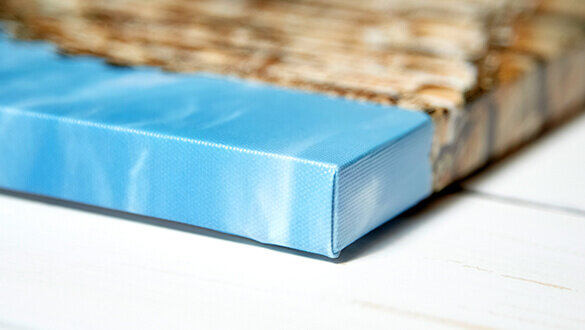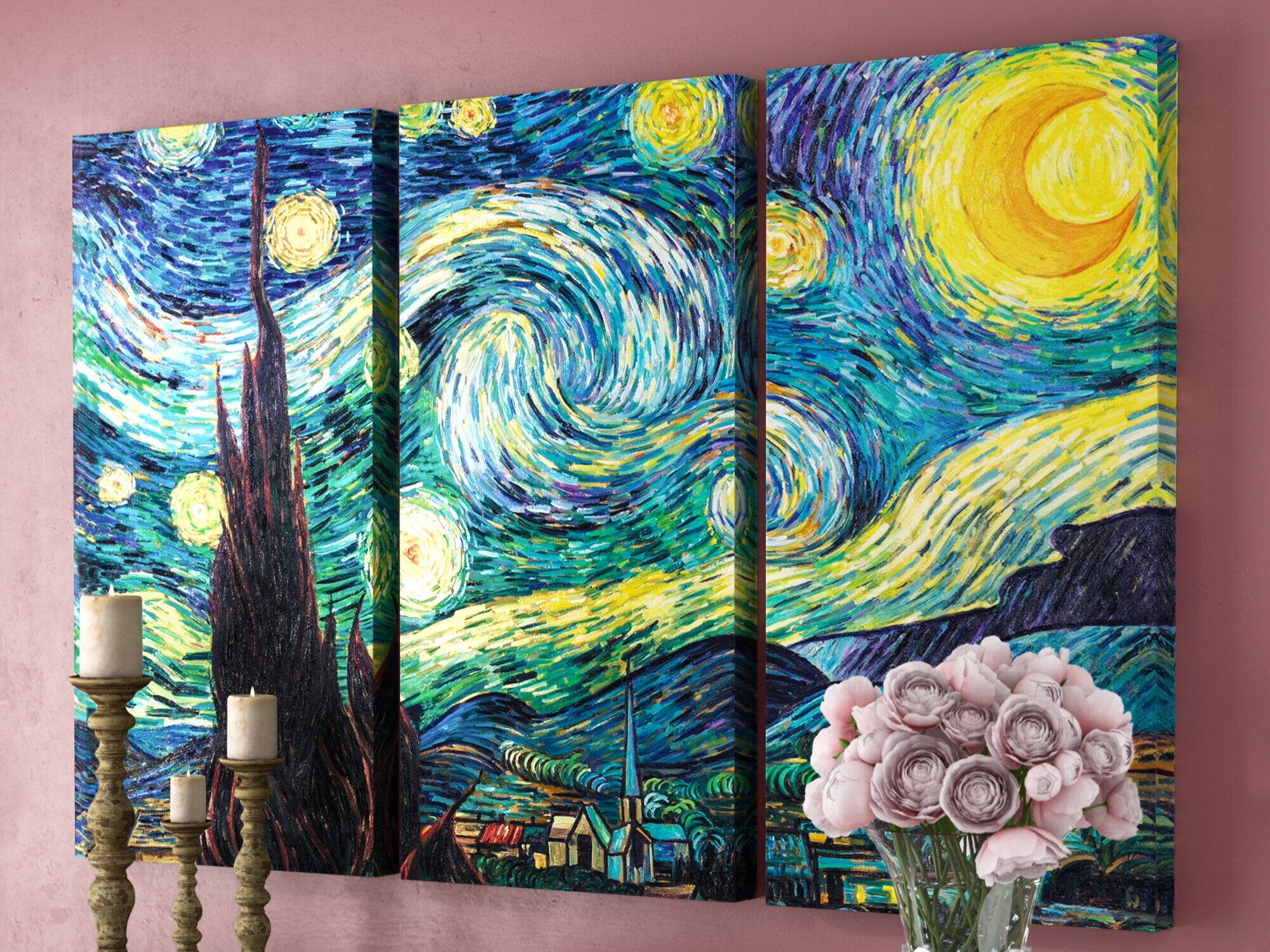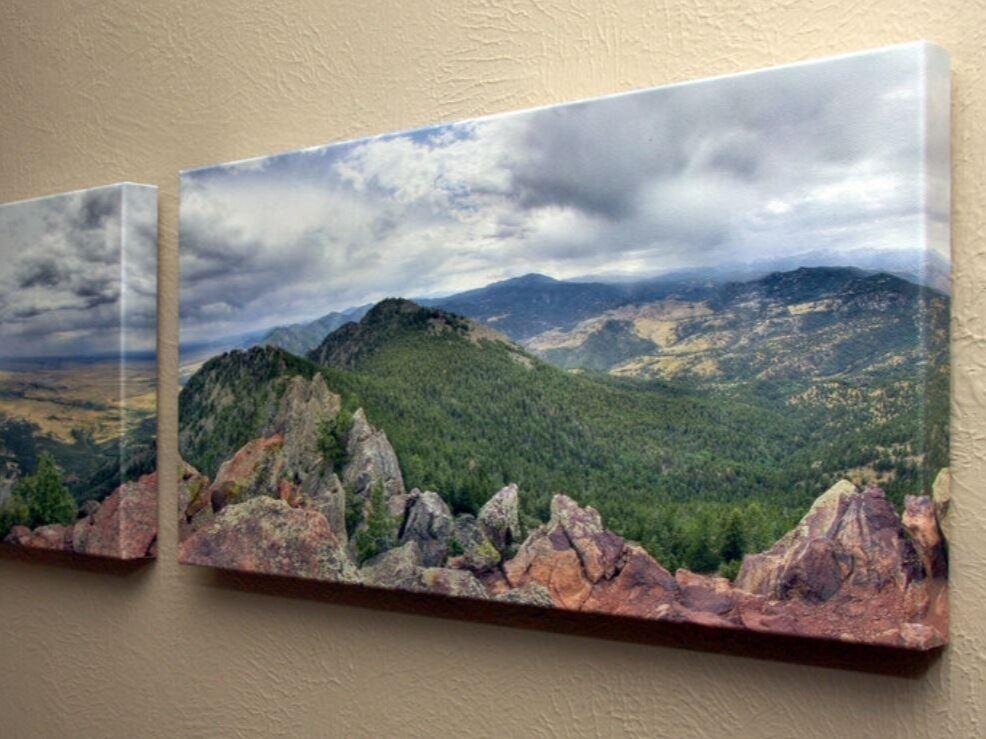Gallery Wrapped Canvas.
Canvas wrapped prints are the newest and most stylish look for your wall art and a great alternative to traditionally framed portraits. We create high quality and affordable gallery wrapped canvas prints over a sturdy 1.5” - 2” depth frame. We transform your favorite digital photos and turn them into colorful ink portraits.
Our gallery wrapped canvas prints are simply prints that have been hand-stretched over the sides of a sturdy wooden frame to give your print a continuation effect. The image on each canvas is not only printed on the front, it can continue around to the side as well.
Our gallery wrap canvas prints create an artistic look for your portraits without having an attached frame. Enjoy affordable gallery wraps with museum quality in your home or workspace that will last for years to come.




What makes Gallery Wrap different?
In canvas printing, the term "gallery wrap" refers to an image that appears on the sides of the frame as well as the front. The image on the sides is either a continuation or a reflection of the main image, or an otherwise fabricated element such as a solid color or colors derived from the adjacent image.
Gallery wrap is a very popular way to display art. However, because the edges of the canvas are wrapped over the thick bars, approximately two inches of the image (top, bottom, and sides) are not visible from the front.
If the subject of an image or painting is sized and positioned correctly, the image will not be negatively affected. However, in some situations photo editing techniques are employed to fabricate additional image/material or to mirror existing content on the wrapped edges. Solid colors can also be used on the wrapped edges.
Gallery wrap is a method of displaying art wrapped over thick wooden bars so that there are no visible fasteners (such as staples or tacks). This method of stretching and preparing a canvas allows for a frame-less presentation of the finished painting.
In contrast, a non-gallery wrap canvas is usually intended to be framed before presentation. The stretcher bars are often thinner, and the canvas can be secured at the sides with staples or tacks as the frame will hide them. However, thin stretcher bars can be found "gallery wrapped" as a hangable work without a frame.
A good gallery wrap consists of the following qualities:
Tight Stretch: Good gallery wraps are stretched tightly over the stretcher bars to maintain a flat, unaltered image. On canvases that are not tightly stretched, waves or bumpy areas, especially on areas around the stretcher bars, can be seen and felt.
Hand Stretched: Hand stretched canvases are the best option because this reduces the possibility of over-stretching. Machines may over stretch the image, causing rips or breaks in the ink of the image. Hand stretched canvases also allow for humans to align the image in a more visually appealing way, being sure not to cut off any parts of the main image which a machine would not be able to detect.
Clean Staples: On the back of the canvas, good gallery wraps are stapled cleanly and securely.
Clean Folds: Good gallery wraps have clean folds on the edges. You can see the nice folds on the corners that show they are hand stretched, but no extra pieces of canvas are sticking out or causing extra lumps under the image.
Solid Wood Stretcher Bars: Good quality wraps should have a good foundations. Solid wood stretcher bars provide a good base for stretching and keep the canvas from bowing or bending over time.

